- Details
- Written by Gordon Prentice
Tomorrow (1 November) Tom Vegh will give his report back to Newmarket councillors on the controversial vote by York Regional Council to amend its own Official Plan and redesignate Greenbelt land in parts of Vaughan and Markham from “agricultural” use to “rural” as requested by a group of landowners and developers. This change, which he supported, allows very different uses on Greenbelt land.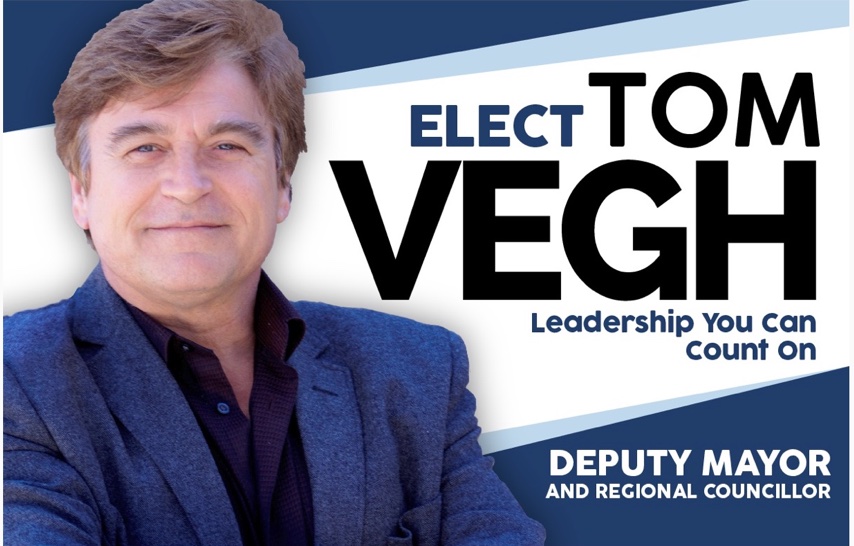
Tom will say it is much ado about nothing.
At the Regional Council last Thursday (28 October) Tom delivered a 72 second critique of the developers’ amendment, explaining his position.
“Thank you. A quick little comment. I’d like to make this comment primarily because of all the comments I am seeing on social media about this and what we're doing. And I just wanted to say that the Greenbelt… actually in the Greenbelt Plan 2017… actually supports parks and open spaces on Greenbelt land.
I've seen on social media people talking about… they’re gonna be bulldozing thousands of trees on these fingers, these Greenbelt... these green lands… building commercial, residential etc
It's really about open spaces and parks for the residents to use and there is really nothing unusual about that quite frankly.
So our report that we're looking at right now - and the minutes that we are voting on - has a fair amount of information about the intentions here. And I do encourage the public to read that because there's a bit of a knee-jerk reaction when people hear that you're changing and allowing some changes to happen in the Greenbelt land. And in this case, I just want to stress we're looking at parks and open spaces, not buildings, not permanent structures and certainly not bulldozing thousands of trees. Thank you.”
But what does the change mean in practice?
The Greenbelt land will be redesignated from “Agricultural” to “Rural”. The latter allows for a wide range of recreational and other uses in rural areas:
Rural lands support and provide the primary locations for a range of recreational, tourism, institutional (including cemetery) and resource-based commercial/ industrial uses.
The Greenbelt Plan also makes it clear there should be no residential sub-divisions in rural areas.
What do the developers get out of it?
The developers would no longer have to go to the expense of providing parkland and open spaces within the urban areas they are developing. That recreational space for the new residents will be provided by the Greenbelt next door.
Developable land in the urban area is, as a consequence, freed up for further development. This arrangement makes millions for the developers.
Will it set a precedent?
It could do. It may set a precedent in other areas of the Greenbelt across the Province where similar “fingers” of Greenbelt land project into urban areas.
Who decides what will happen to the Greenbelt lands?
The York Official Plan, as amended, will allow the lower tier municipalities (such as Vaughan and Markham in this case) to decide the location, range and type of parkland uses to be permitted in these newly designated Rural Areas. Decisions will be taken by the municipality
“through its official plan and/or approval of site-specific development applications”. (my underlining)
This formulation leaves plenty of scope for fancy dancing.
In this case, the developers are, for the most part, the landowners in the Vaughan/Markham Greenbelt fingers.
They will now transfer ownership of these Greenbelt rural areas to the municipalities of Vaughan and Markham. Without this Official Plan amendment they would have been obliged to provide open space for recreational use on the land they are actually developing.
The developers who pushed for this amendment to the York Region Official Plan - and succeeded – stand to make millions.
And Tom, the developers’ friend, will agree with that assessment.
But, if not, he will tell Newmarket Council tomorrow where I’ve got things wrong.
This email address is being protected from spambots. You need JavaScript enabled to view it.
Update on 1 November 2021: Tom Vegh did not include any reference to the Greenbelt controversy in his Regional report back. And neither did the Mayor.
Letter from the Greenbelt Foundation dated 27 October 2021, put before York Regional Council on 28 October 2021. And one from the York Federation of Agriculture.
The Greenbelt fingers are shown in red in the map below. And see related map here.
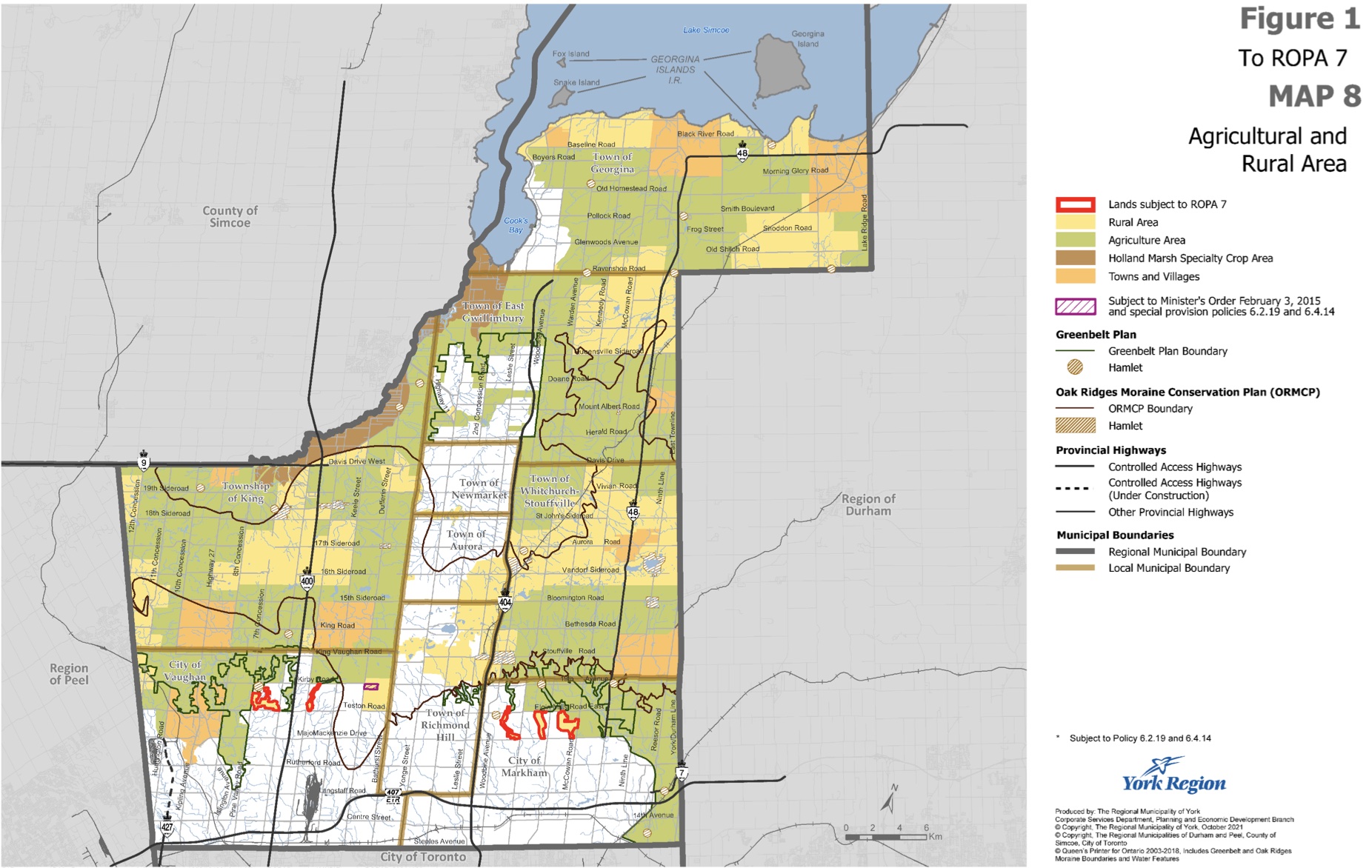
- Details
- Written by Gordon Prentice
The proposed new route of the controversial Bradford Bypass will leave unscathed a golf course owned by Kenneth Yoo and John Cho, the father of Progressive Conservative MPP Stan Cho, the associate minister of transportation.
The route had previously sliced through the Silver Lakes golf course but now runs to the south.
The by-pass is planned to connect Highways 400 and 404 and has been off-and-on for decades. This report from York Region staff gives the background and history.
"The value will rise beyond imagination"
This morning’s Toronto Star says the new route, announced in April, would lessen the highway’s impact on the Holland River and avoid an archaeological site. There was no mention of the golf course. The Star explains:
“In 2017, a pair of investors bought the Silver Lakes golf course, nestled along a branch of the Holland River in East Gwillimbury.
The buyers were Kenneth Yoo and John Cho, father of Progressive Conservative MPP Stan Cho.
Shortly after the purchase, they were quoted in a Korean daily newspaper calling the golf course a “future-looking investment.”
“It is currently tied to a Greenbelt, but it can be transformed into a residential area. In that case, the value will rise beyond imagination,” Yoo is quoted as saying in Korean. The golf course declined to comment for this story.”
What is the true cost of the bypass?
The Star reports that Transportation Minister, Caroline Mulroney, has put the cost of the 16.2km bypass at about $800M. The Toronto Region Board of Trade says it could cost $1.5B. According to these estimates, the highway could cost between $43M and $92M per kilometre.
Although Metrolinx says it wants to extend the all-day two-way 15 minute GO Train service north from Aurora to Bradford there remain major uncertainties concerning the required road-rail grade separations and how these might be financed.
This email address is being protected from spambots. You need JavaScript enabled to view it.
Update on 4 November 2021: From the Toronto Star: Probe sought over Bradford Bypass decisions
Update on 8 November 2021: From the Premier's Office: Ontario fully funding the Bradford Bypass. And from Newmarket Today: "A no brainer" Ford announces full funding for the Bradford Bypass
Update on 26 November 2021: Ontario Takes Next Step to Build the Bradford Bypass and from the Toronto Star: Documents show Ford Government chose not to pusue $1B penalty from 407 toll toad operators
Update on 3 February 2022: From the Toronto Star: Integrity Commissioner clears Mulroney
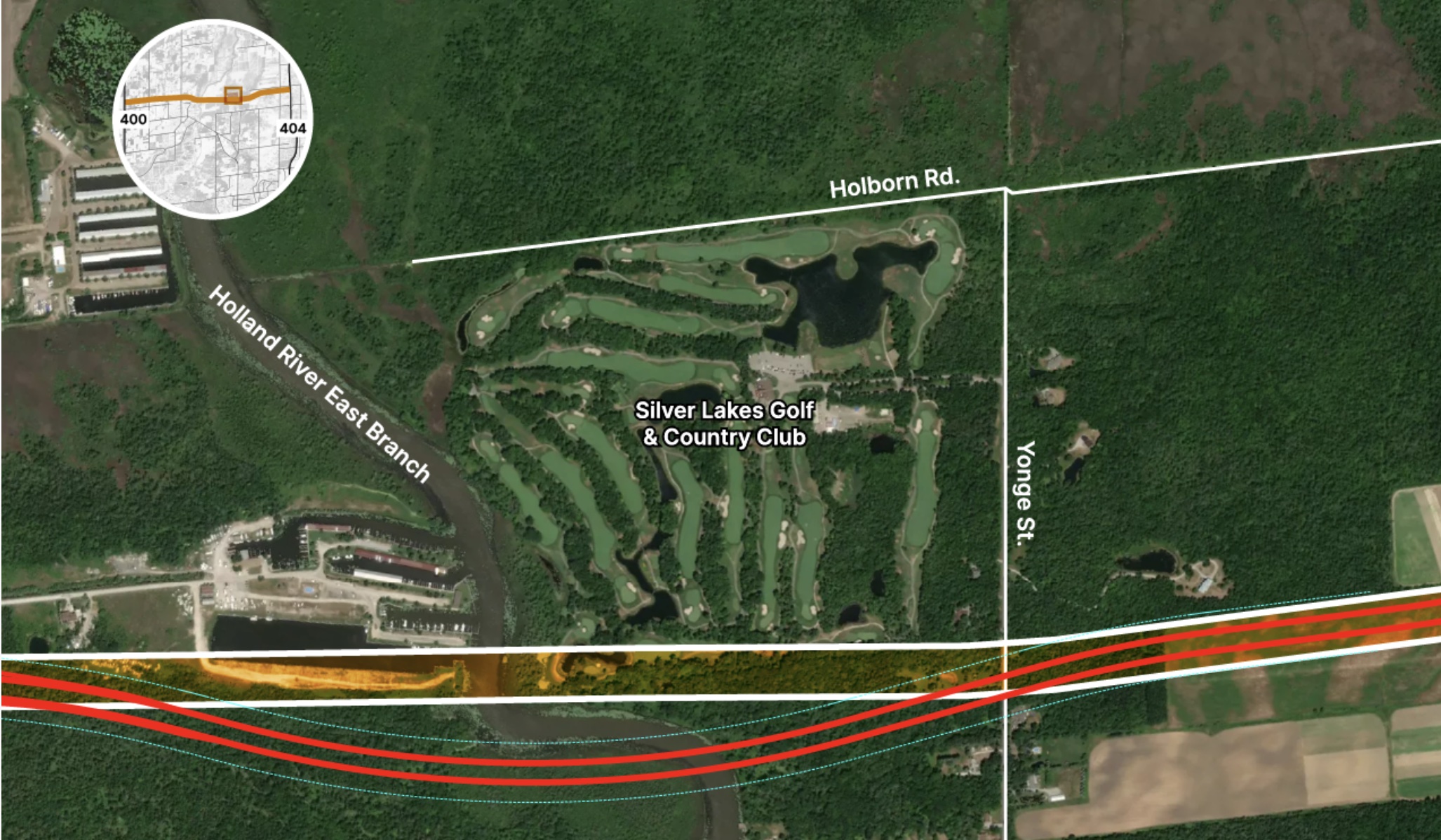
- Details
- Written by Gordon Prentice
In 2018 Tom Vegh was elected as Newmarket’s Regional Councillor, serving on the Town council and on York Regional Council. 
Earlier this month, at a York Region committee meeting, Tom voted for a motion promoted by landowners and developers, to open up parts of the Greenbelt in Markham and Vaughan, to allow uses that would otherwise be prohibited. During the one-and-a-half-hour debate he said nothing.
Getting elected
Of course, it costs money to get elected and Tom borrowed $27,798.02 from CIBC and Scotiabank. He also raised $49,469.02 in contributions – much of it from developers and their facilitators.
There is nothing unlawful about this. But it’s not something I would do. I think it is inappropriate for developers to bankroll candidates running for election. The reasons are spelt out here by York University’s Professor Robert MacDermid.
Since the video was made in 2010 campaign finance rules have been tightened up but life continues much as before.
Corporate donations banned
The key change, brought in for the last municipal election in 2018, prohibited corporations and trade unions from making campaign contributions. Instead only individual residents in Ontario can make campaign contributions and these are capped at $1,200 per candidate per person. The previous limit was $750.
Developers are still financing candidates but the money comes from them as individuals, not from the company.
Some candidates can raise huge sums of money but they can’t necessarily spend it. Election rules limit the amount which can be spent during a campaign. Campaign finance returns have to be filed and the information I rely on is in the public domain. If you know where to look.
In the race to become Newmarket’s Deputy Mayor and Regional Councillor Tom was well supported by developers – many with projects in and around Newmarket and across York Region.
Glenway developer backs Tom
Tom received $1,200 from Joanne Barnett from Marianneville/Kerbel. She wears a number of hats but I remember her most for her work at Glenway, redeveloping the old golf course which the company bought for a song (under $10M). Marianneville made millions.
She is also Vice President of Planning Operations at the Kerbel Group and VP of Marianneville Stonehaven Limited.
Tom also received $1,200 from Toba Scott who works as a personal assistant at the Kerbel Group.
The main man, Jeff Kerbel, contributed $1,200.
And another $1,200 came from Renzo Fabbro from Andrin Homes which describes itself as
“a fully integrated real estate company that excels in the development, financing and construction of residential and commercial properties throughout southern Ontario”.
Groundswell
Then Tom received $1,200 from Kerigan Kelly, a Senior Planner at Groundswell Urban Planners. You see their signs everywhere in Newmarket. They lubricate the planning machinery. 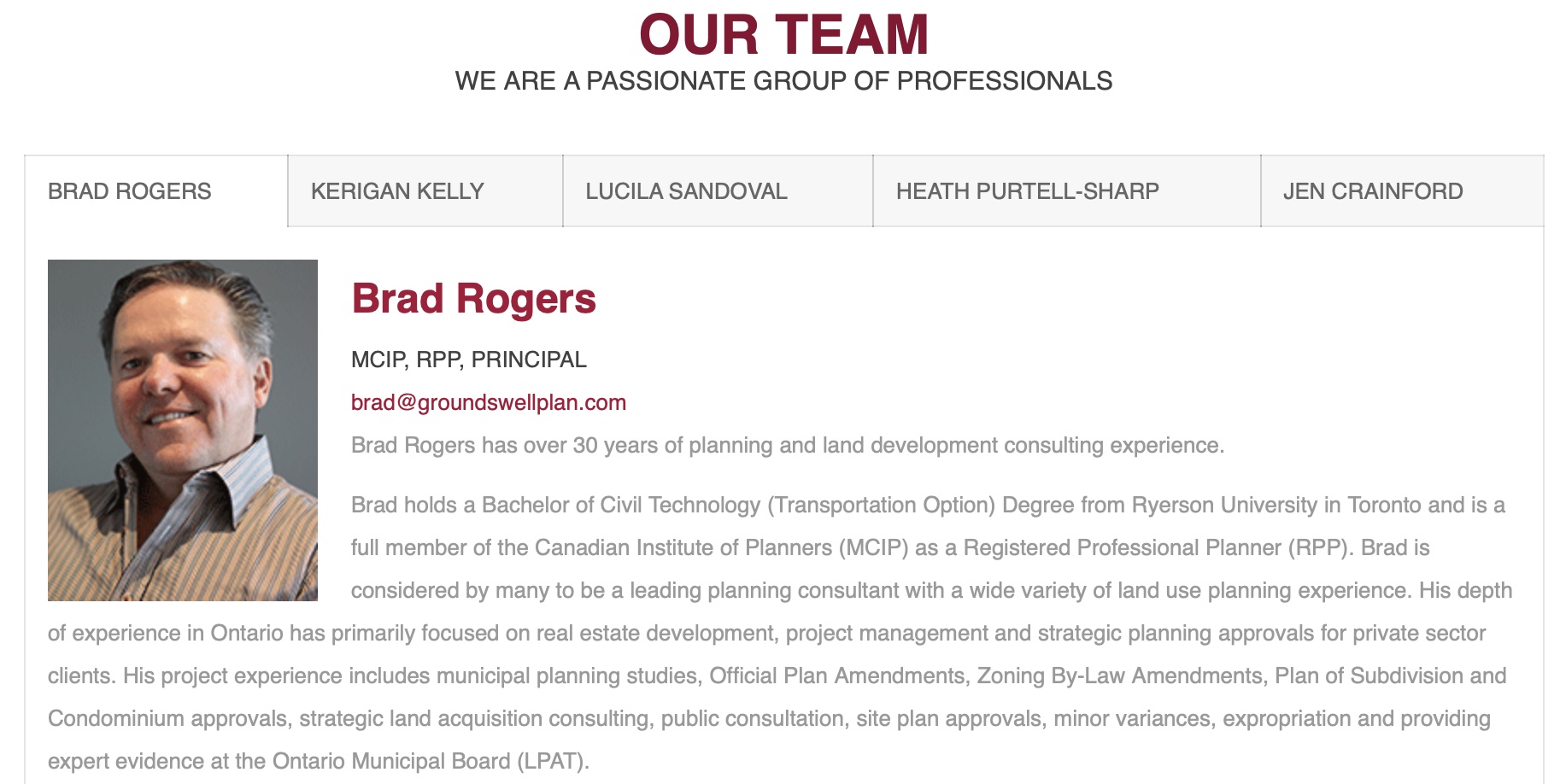
Their website tells us that when they were engaged by the owners of 212 Davis Drive to
“obtain and expediate a Zoning By-law Amendment and Site Plan Approval they brought the client together with Regional and Municipal Staff and Politicians”.
That’s the kind of thing they do.
Jennifer Crainford, Lucila Sandoval and Heath Purtell-Sharp, all employed by Groundswell, each donated $1,200 to Tom. As individuals, of course.
Rose Corporation
Sam Reisman, Chief Executive of the Rose Corporation, who built 212 Davis Drive, gave Tom $1,200 as did the company’s President, Daniel Berholz.
Paul Bailey gave Tom $1,200. Bailey founded Bazil Developments Inc in 1984, a company described as a “sub-divider and developer”. Since then:
“Bazil has been involved in the construction of approximately 6,000 homes.”
Hashem Ghadaki gave $1,200. He founded the Times Group Corporation in 1985, when it began with custom-built homes in North York, Ontario. His partner at the Times Group Corporation, Saeid Aghaei, also donated $1,200.
Contributors can lobby - and they do
Some contributors to candidates’ campaigns actively lobby the Regional Council on the impact of its policies. (And they have every right to do this.)
Daniel Belli of the Trinistar Corporation gave Tom $1,200 in 2018. Three years earlier in 2015 he requested an opportunity to speak to York Regional Council members on their “Preferred Growth Scenario” report.
“Our concern relates to the impact of the expansion plan on our property known as Westlin Farms Inc., at 12,470 Weston Rd. in the Township of King.”
Mike Rice, Vice President at Rice Group, gave Tom $1,200.
Working for a commercial developer
Michael Mendes gave Tom $1,000. In 2018 he was a member of East Gwillimbury Council’s Committee of Adjustment. The minutes show he
“declared an interest in item D.1 Consent Application B.14.18 submitted by Yonge and Green Lane South Developments Limited, for the property known as 180 Green Lane East Part of Lots 101 & 102, Concession 1 EYS, as he works for a commercial developer.”
Silvio DeGasperis, the owner of TACC Construction Ltd, based in Vaughan, contributed $1,200 as did Carlo Baldassarra of the Greenpark Group.
His son, Mauro Baldassarra, also gave Tom $1,200. Mauro Baldassarra runs Starlane Homes which is:
“a dedicated home builder focused on quality craftsmanship, great locations and outstanding service. We offer a selection of townhomes, semi-detached and single detached homes in sought-after neighbourhoods to meet the needs of all our customers. Built on quality and trust, we invite you to find your dream home with Starlane.”
Money from Miller's Blair McArthur
Tom got $1,200 from the Miller Group’s Blair McArthur. Miller is a gigantic concern, deeply embedded in construction, paving and civil engineering.
Another $1,200 came from Gino Bellisario, Chief Financial Officer at Condor Properties & Country Wide Homes. And $1,200 from Lynn Vandervoort. Vice President, Ballantry Homes Inc.
There are others too.
Developers often contribute to multiple candidates, supporting the local democratic process or hedging their bets, whichever way you want to look at it.
Others give huge amounts to charities.
Pulling their punches
But our municipal government is not a charity and developers should be kept at arm’s length.
If councillors accept money from developers they may feel under some kind of obligation to repay their benefactors in kind if not in cash.
They may pull their punches.
Or they may remain silent.
Like Tom.
This email address is being protected from spambots. You need JavaScript enabled to view it.
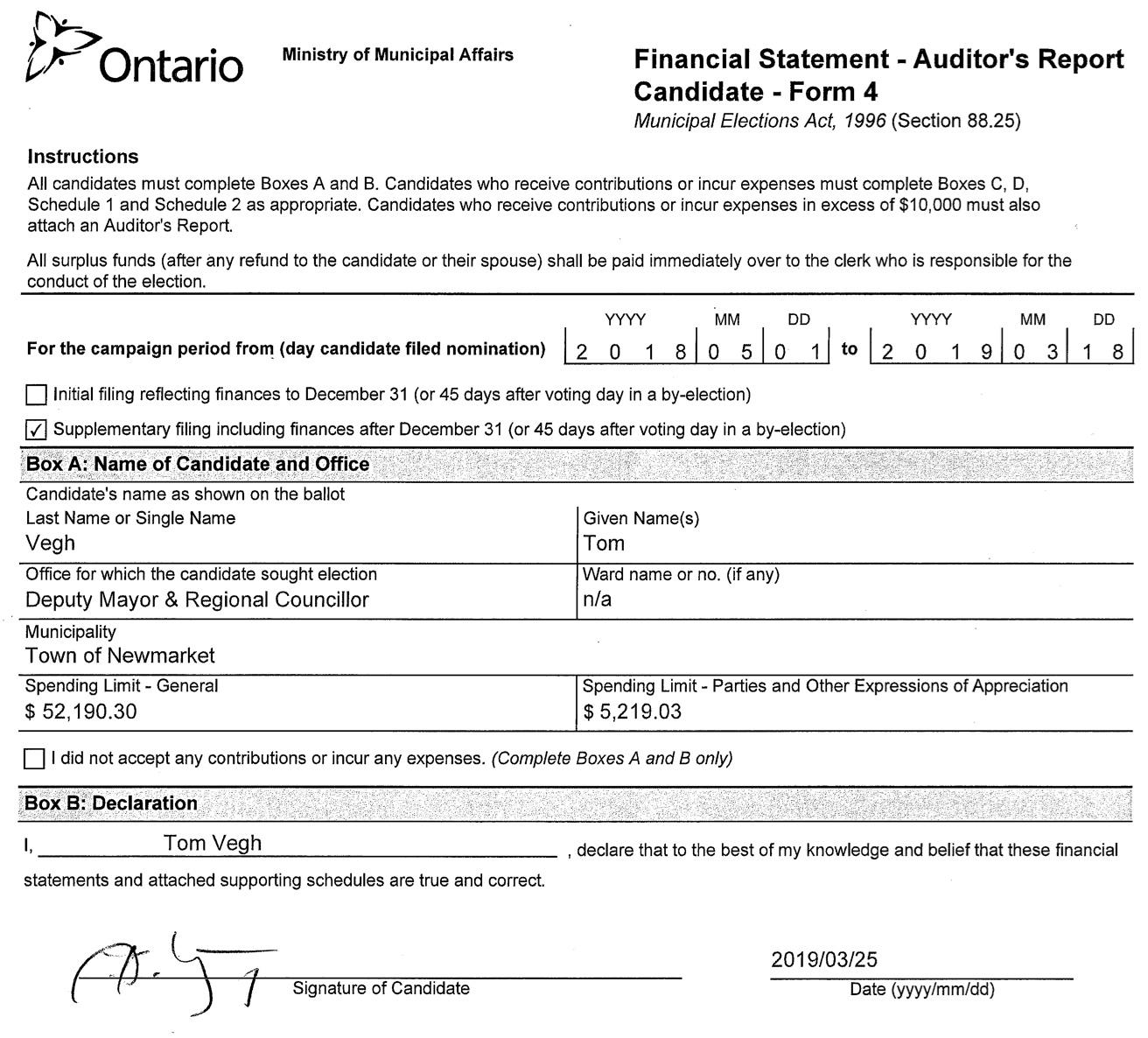
- Details
- Written by Gordon Prentice
This Thursday (28 October 2021) York Regional Council will be asked to ratify a decision taken in Committee on 14 October 2021 that redesignates 1,400 acres of “protected countryside” in Markham and Vaughan to allow uses that would otherwise be prohibited in the Greenbelt. (The "fingers" to be opened for development are shown in red on the map below.)
The developers’ proposal was backed by elected members in a 15-5 vote with Newmarket’s Mayor and Regional Councillor on opposite sides of the argument.
The Town’s Mayor, John Taylor, condemns the proposal – privately initiated by developers - which he claims would set a damaging precedent.
But Newmarket’s Regional Councillor Tom Vegh takes a different tack, voting in favour of the developers’ proposal but for reasons he keeps to himself. Vegh says nothing throughout the one-and-a-half-hour-long debate.
Residential, commercial and industrial uses
York Region planning staff tells elected members the application to amend the York Region Official Plan 2010 would change the land use designation from Agricultural to Rural which:
“would allow for additional non-agricultural uses such as rural residential, commercial, or industrial uses rather than limiting the uses to complementary open spaces uses that meet the intent of the Provincial Greenbelt Plan, the 2010 York Region Official Plan and local Official Plans.”
The staff says approval
“would have implications on the other Greenbelt lands currently recommended through the Region’s Municipal Comprehensive Review for redesignation from Agricultural Area, and potentially similar Greenbelt lands beyond York Region.”
Follow the money
Taylor weighs in against the developers’ plans claiming they are in it for the money:
“If there (were) no financial gain or if all the financial gain related to the land that could be developed for housing could be put into a Community Trust then this amendment wouldn’t be being pursued.”
Taylor says the issue is best left to the Municipal Comprehensive Review which is due to report in six months, in April 2022.
Newmarket Today’s coverage is here.
Vegh should explain
This Thursday (28 October) the Regional Council will be asked to endorse the Committee’s decision and instruct staff to prepare a bylaw giving effect to the developers’ proposal which had been received the day before.
Tom Vegh should tell us why he took the developers’ position – against the advice of his colleague, John Taylor, and the combined planning staffs of Markham, Vaughan and York Region and a host of other independent and impartial bodies.
We don’t pay Regional Councillors (or MPs and MPPs for that matter) to sit there and suck their thumbs and say nothing. Expressing an opinion on controversial issues is part of the job description. (Tony Van Bynen please take note)
1 November 2021
But if Vegh remains silent on 28 October we can look forward to the upcoming Newmarket Council meeting on 1 November 2021 when councillors will get an update on developments at York Regional Council, either from Taylor or Vegh.
I suppose the Mayor could pull rank and give the report back.
Personally, I’d prefer to hear from Tom Vegh.
This email address is being protected from spambots. You need JavaScript enabled to view it.
The lawyer acting for the developers is Ira Kagan who acted for Marianneville in Glenway.
The Greenbelt is always under threat. Eternal vigilance is needed to protect it.
Update on 28 October 2021: Letter from the Greenbelt Foundation dated 27 October 2021, put before York Regional Council on 28 October 2021.
And one from the York Federation of Agriculture.
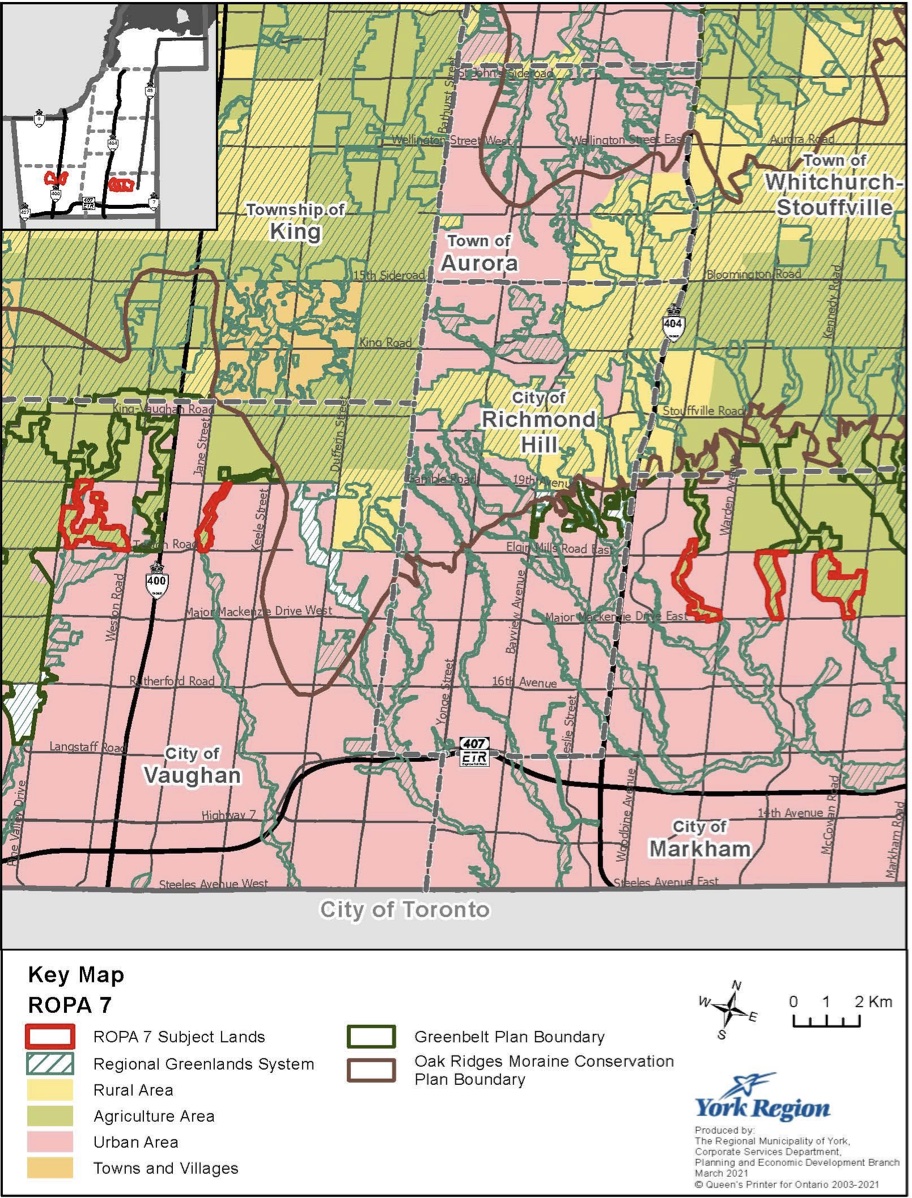
Read more: Protecting the Greenbelt: Taylor's Way or Vegh's?
- Details
- Written by Gordon Prentice

Zoom is everywhere.
Yet only a few years ago a majority of members of York Regional Council actively resisted allowing the cameras into their meetings. They feared the cameras.
Markham’s Mayor, Frank Scarpitti, didn’t think he was pretty enough. He said he would have to remember to get his hair done before meetings.
Not that there is much left to comb.
In 2017 Scarpitti thought presentations by staff using slides and graphics could be streamed but then the plug would be pulled, leaving the screen blank. He insisted audio was
“more than adequate”
No close-ups
When York Regional Council finally bit the bullet and agreed to cameras in the Council Chamber he said he didn’t want close-ups.
"I don't think we should be zooming in."
He warned that visuals could be used for political purposes.
I thought about that remark last week when Scarpitti was the lone vote against investigating a possible tax on empty properties in York Region.
He is shown holding up his red NO voting card.
Years ago he warned his colleagues on York Regional Council that images could be used against them:
"The material can be manipulated for political purposes!"
Yup. He was right on that one.
This email address is being protected from spambots. You need JavaScript enabled to view it.
Page 84 of 286